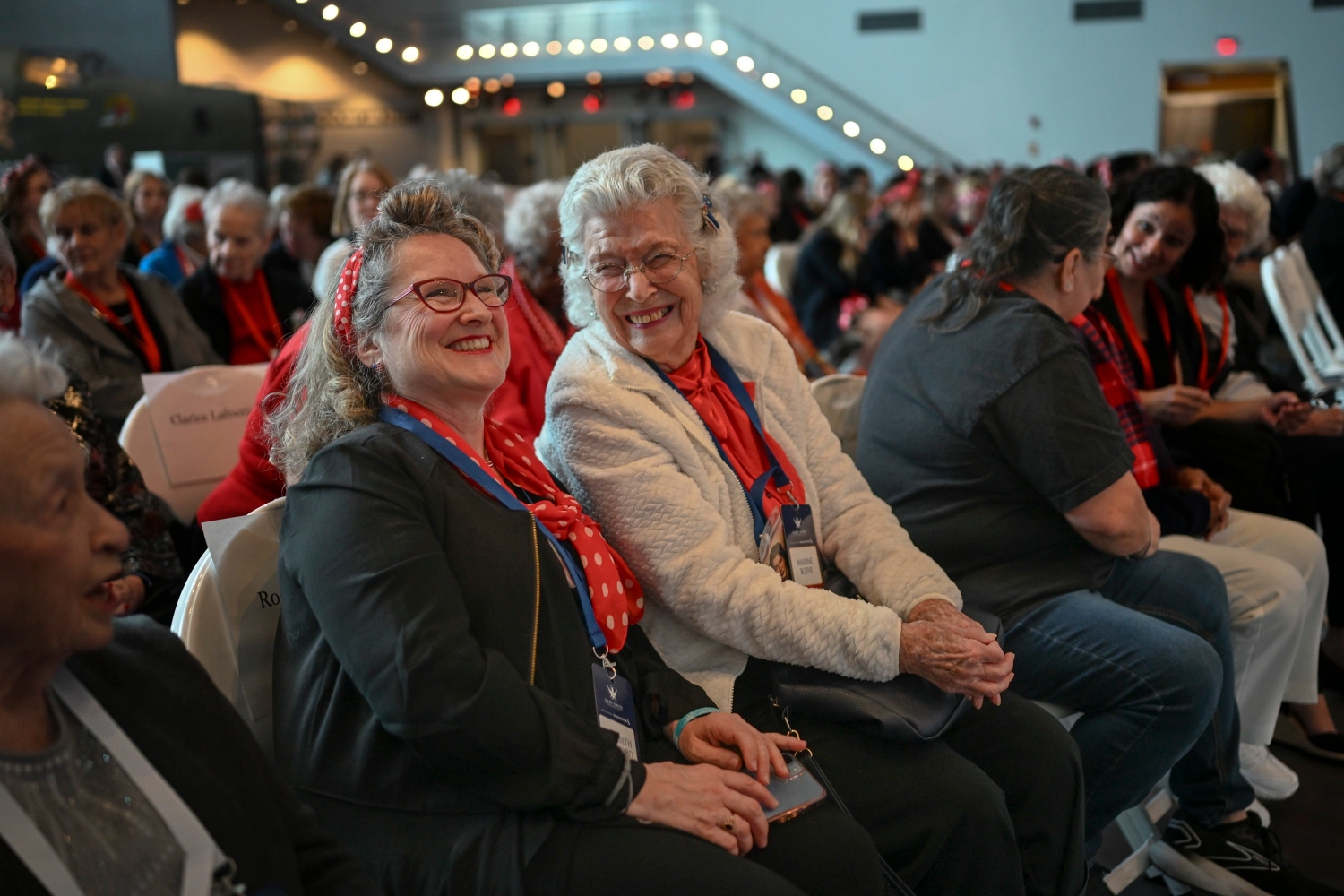

Published on: 03/30/2025
This news was posted by Oregon Today News
Description

A hero’s welcome greets 18 women at the National World War Two Museum. Staff and museum visitors line a plaza, waving American flags and cheering as the women arrive, adorned in the red and white polka dot scarfs that are a signature of Rosie the Riveters.
They’re here to be honored as Congressional Gold Medal recipients. But first, each Rosie gets a personal tour of the museum, starting in the home front exhibit.
“Look at the women welders, now that’s a familiar job,” says Jane Tucker, now 97. She left rural Lineville, Alabama in 1943, with her mom and sister to work in a shipyard.
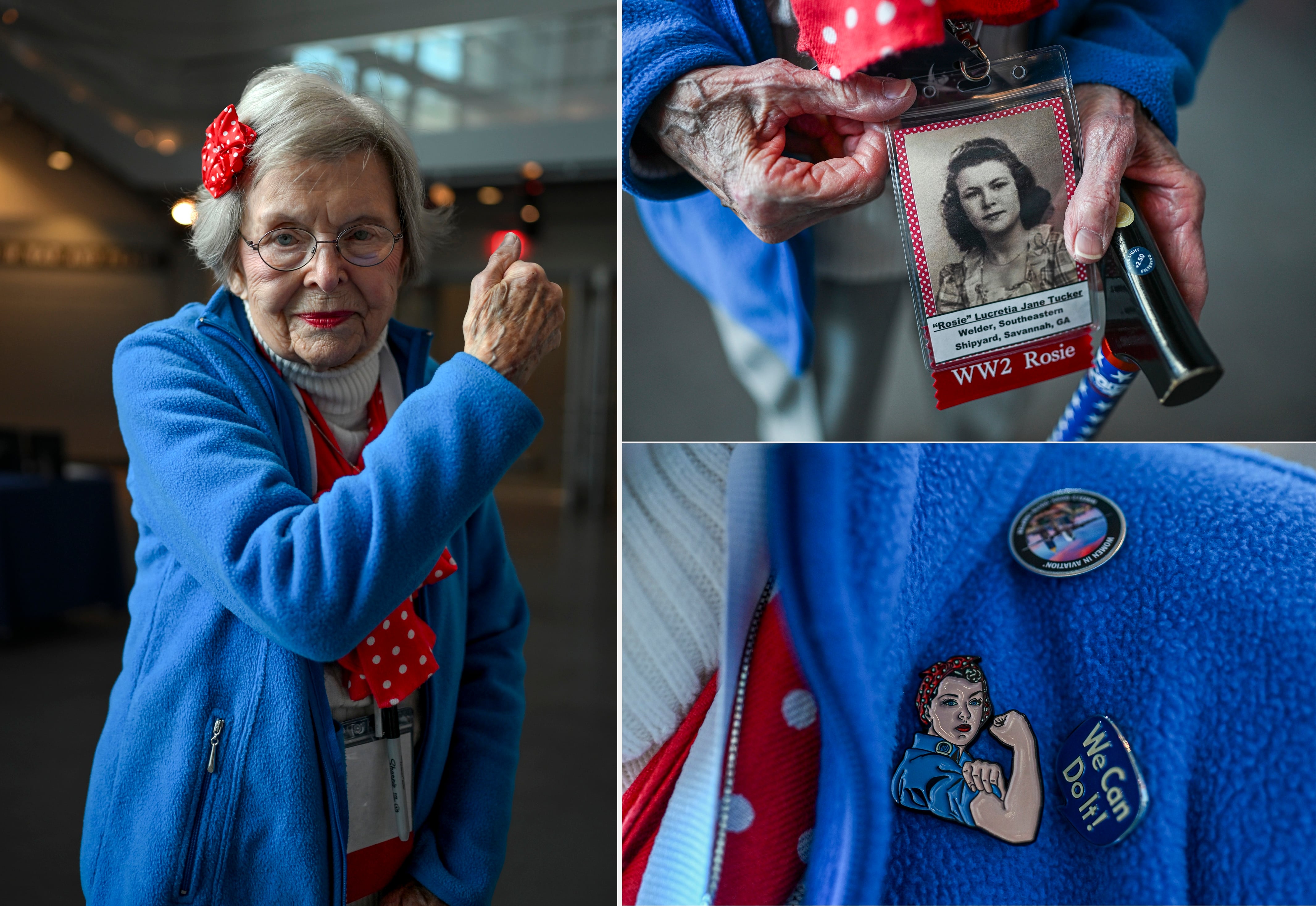
“I worked in Savannah, Georgia building Liberty ships, and I learned to become a welder when I was just 16,” Tucker says. “It was all top secret. Loose lips will sink ships.”
She says they worked ten-hour days, at least six days a week.
Tucker was one of an estimated 5 million civilian women who worked in the defense industry and elsewhere while men were fighting overseas.
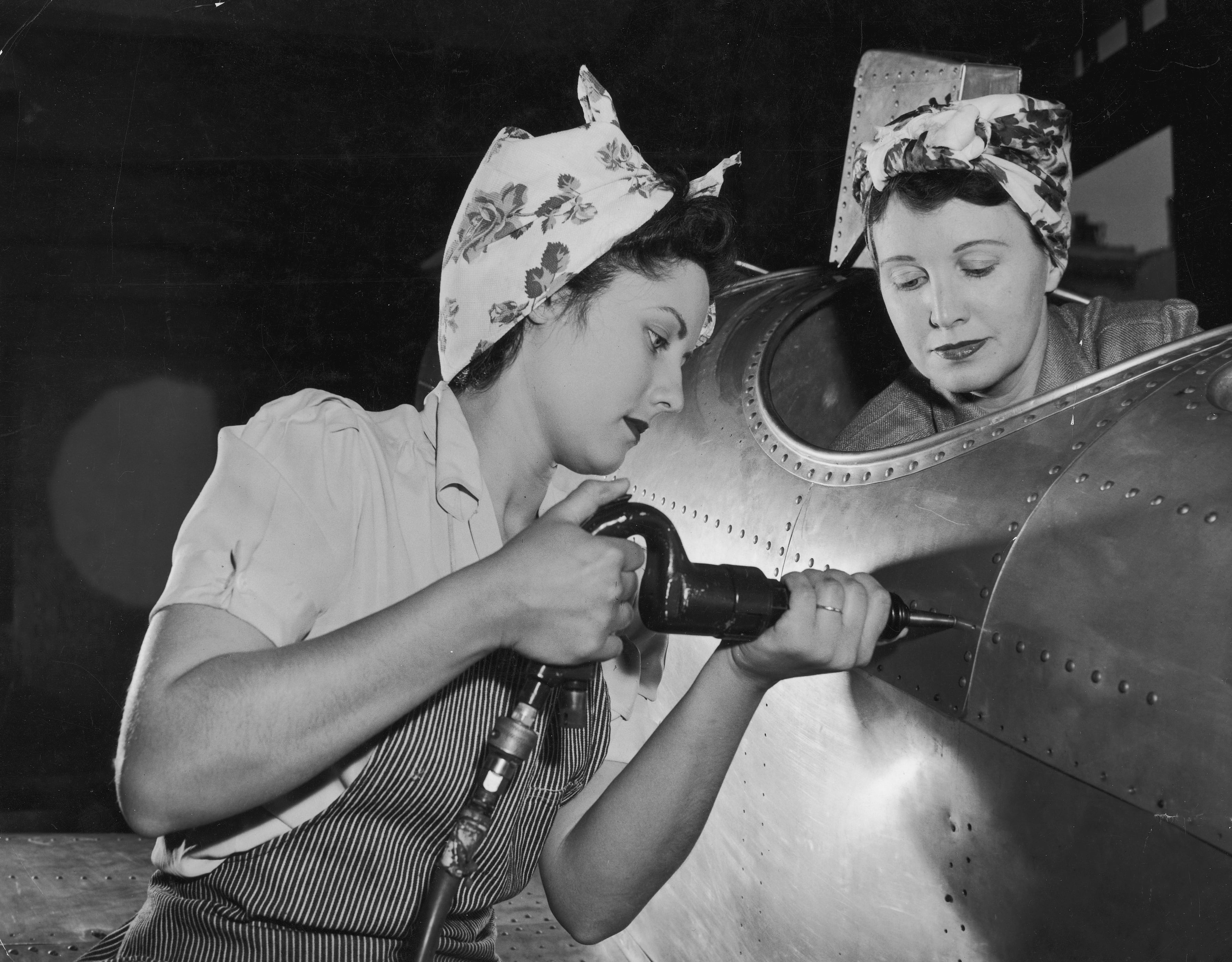
Tucker says they were trailblazers, proving that women can succeed in what was considered “men’s jobs” at the time.
“The men said we couldn’t do it,” she recalls. “They said, ‘Oh, they’re too emotional, they’re too petty. They’ll be sick a lot. They won’t come to work and they’ll be too weak to do the heavy work.’ So we said ‘we can do it!‘”
“We Can Do It” is the slogan on the iconic poster of a female factory worker, muscle flexed, and head wrapped in a red and white bandana.
Norman Rockwell’s famous painting of a Rosie was on the cover of the Saturday Evening Post in 1943.
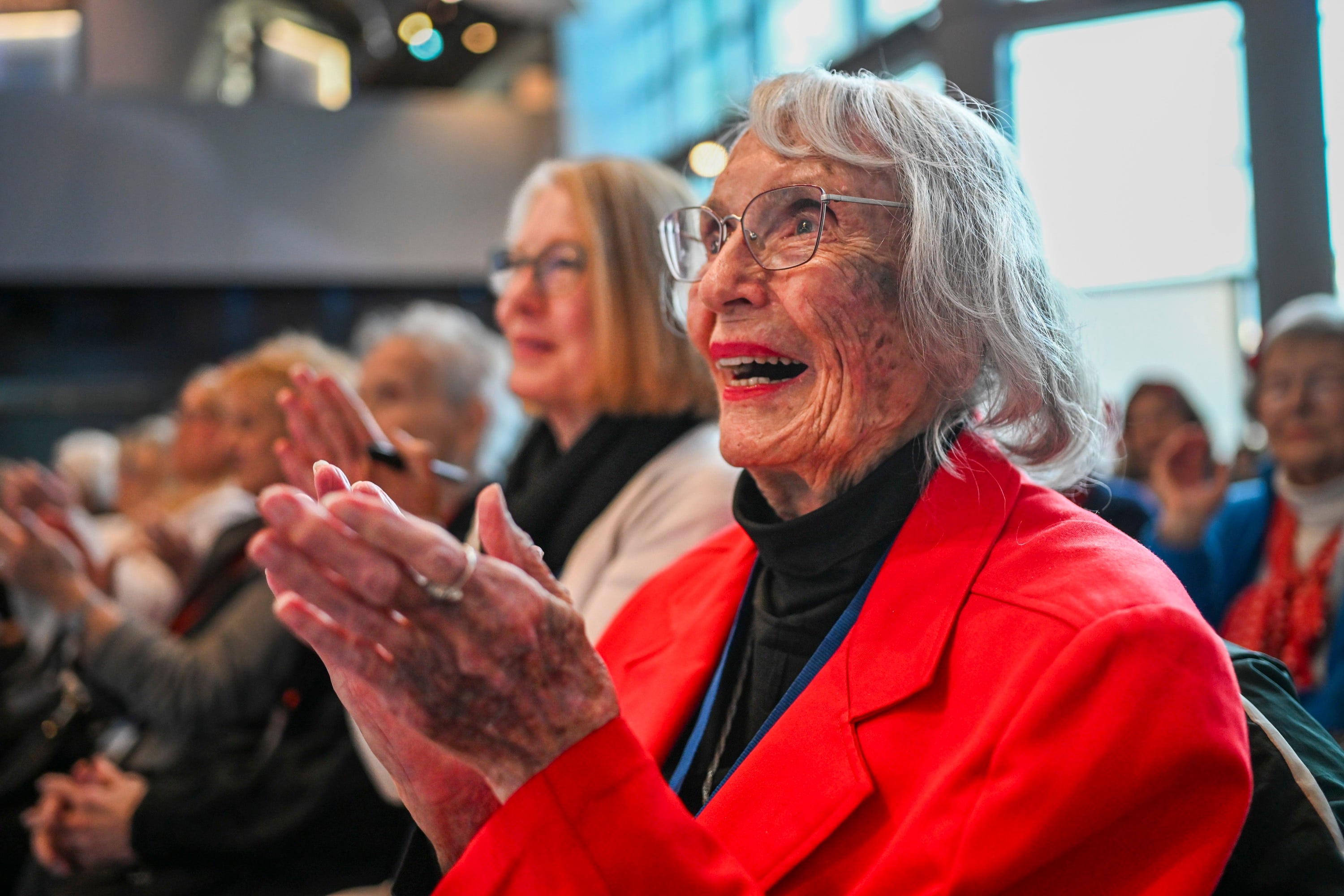
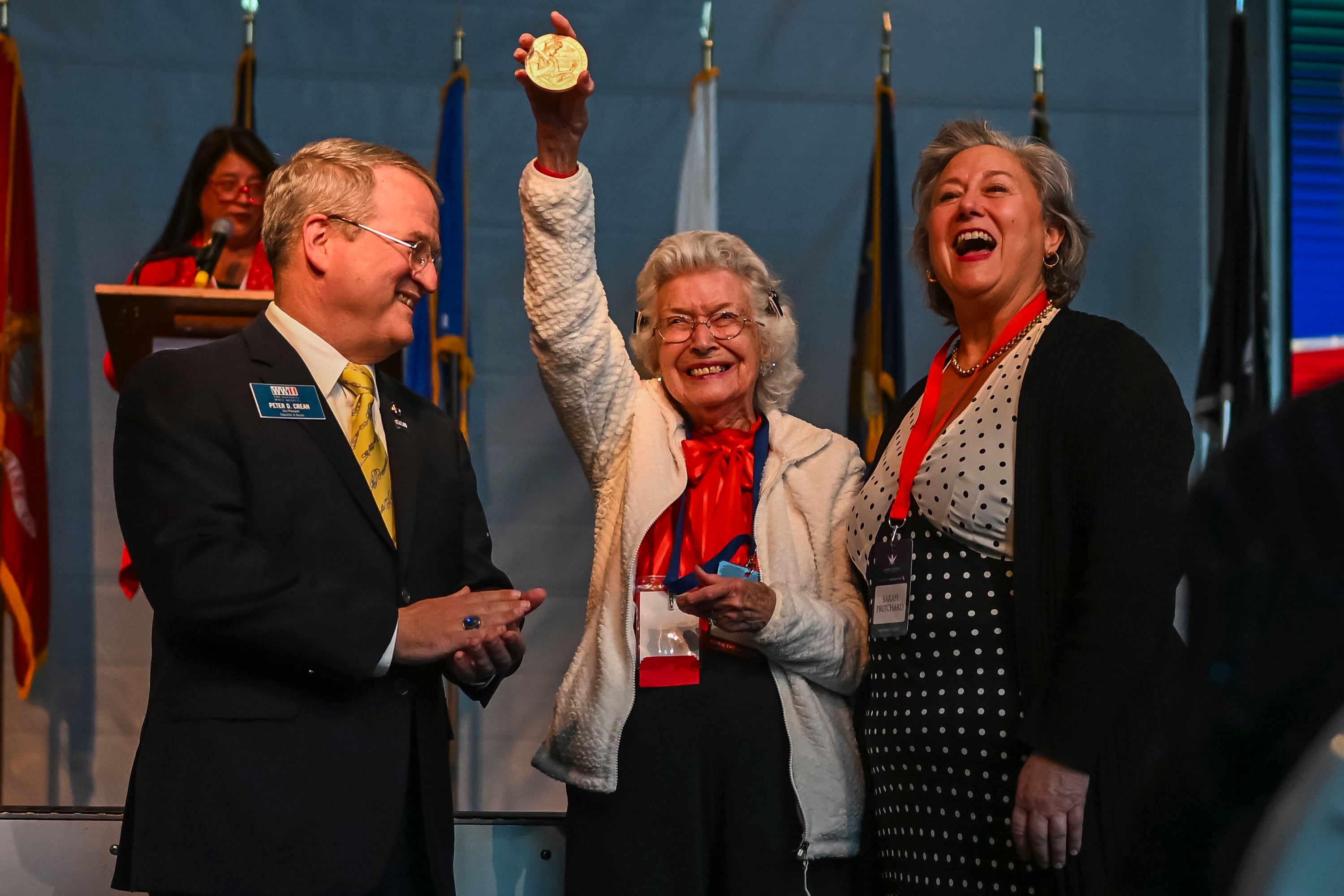
The symbol has endured. “Rosie has come to stand for an image of empowerment,” says Kimberly Guise, senior curator at the National World War Two Museum. “A symbol of strength and can-do spirit.”
Guise says after the war, women were generally forced out of the workforce when service members returned home. But what they did changed the labor landscape.
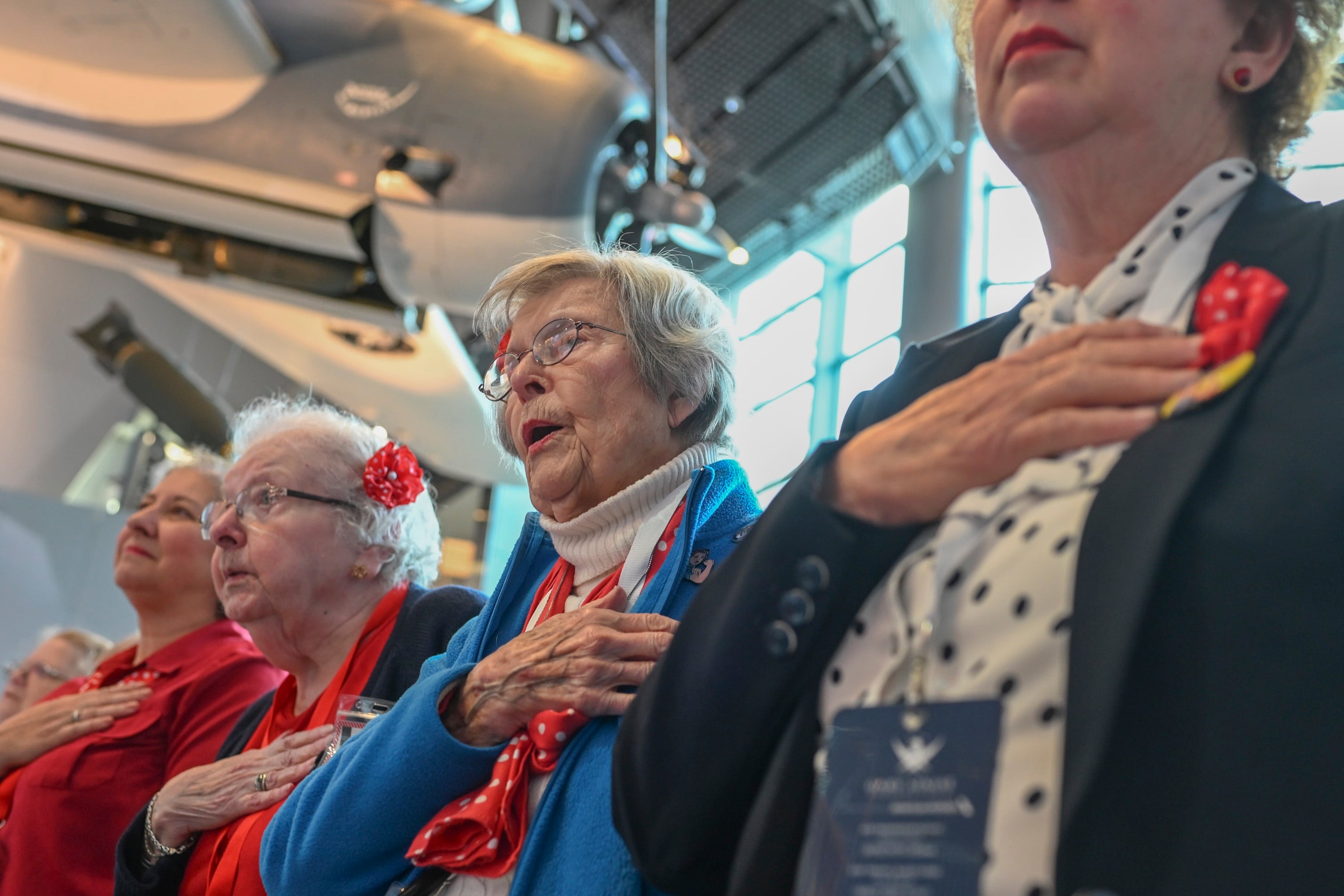
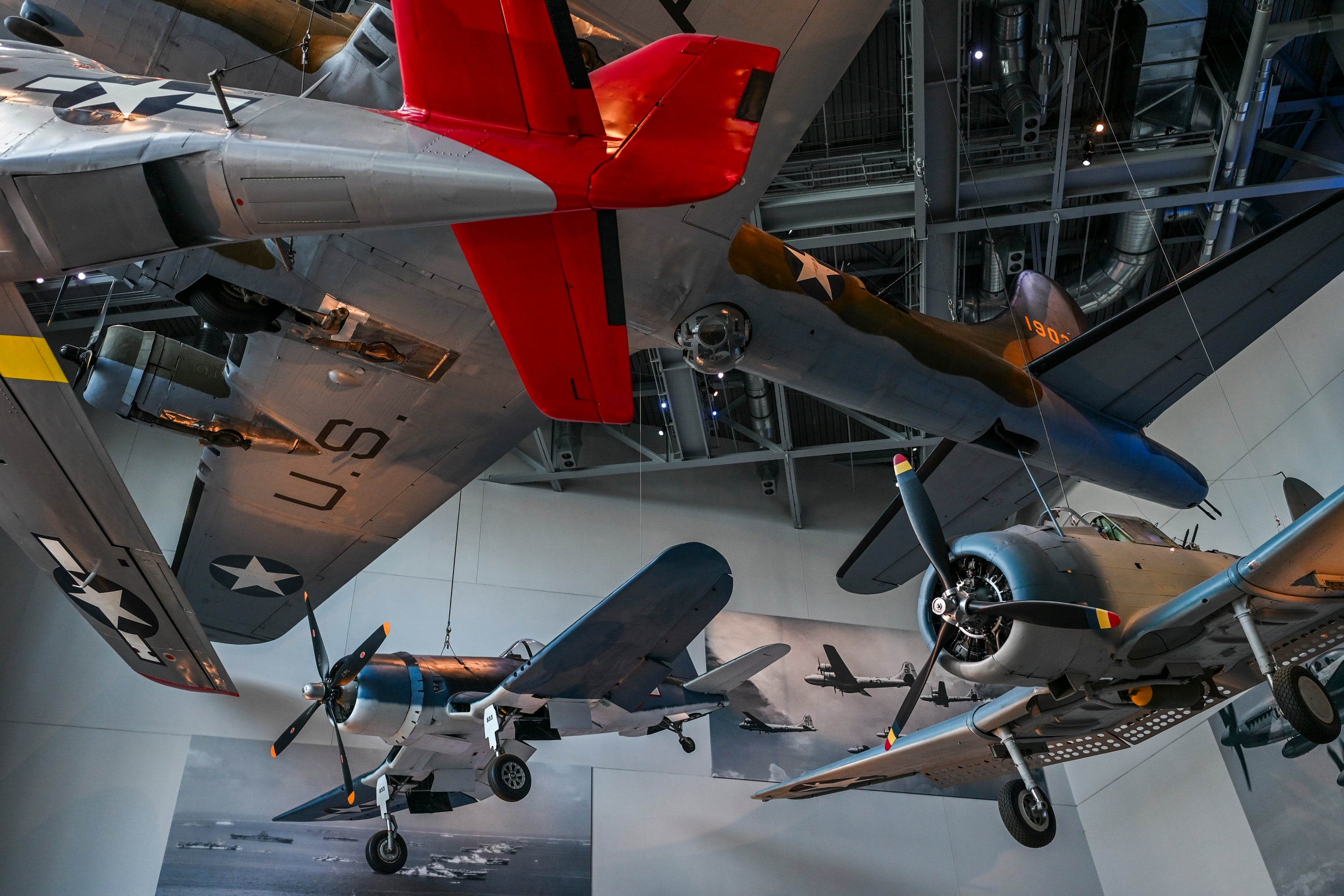
“One of the major achievements was it showed the American public that women could perform this type of work,” says Guise. “It also showed the women themselves that they could do hard things.”
“I feel proud at what I did,” says Mary Masciangelo, who just turned 100. “Proud.”
She worked at an optical factory in Rochester, New York in 1943.
“I made pins for the parachutes,” she says. “And I put temples on the Air Corps’ glasses.”
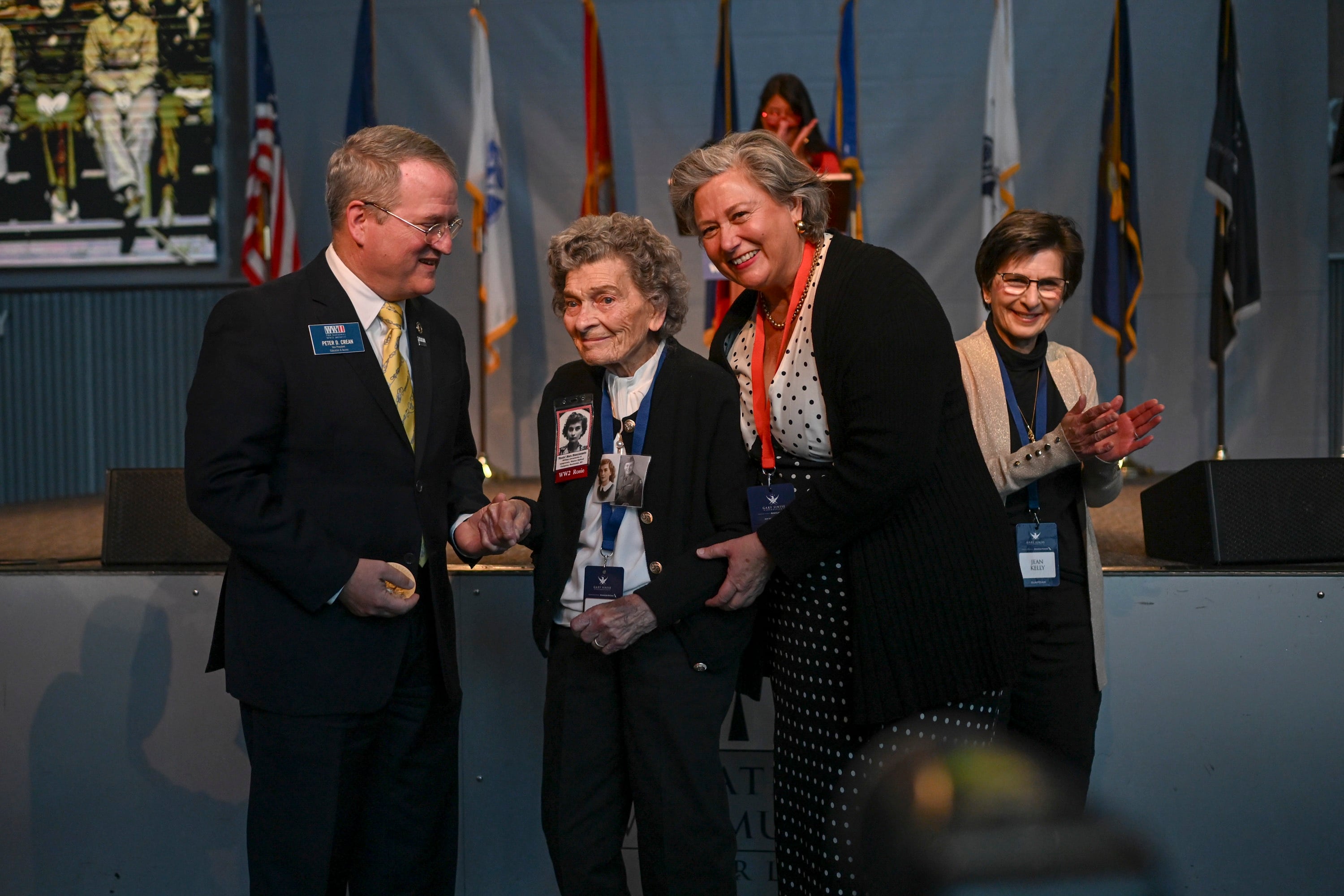
She was 16 years old at the time.
Erlinda Avila of Phoenix was just 15 when she worked as a riveter on B-25 bombers. It was hard work.
“From inside the wings, that’s where I used to work,” Avila says. “I was little enough I could crawl in the wings.”
Avila says she was motivated to serve when her brother was drafted and sent to Japan, so she went to the Army recruiter.
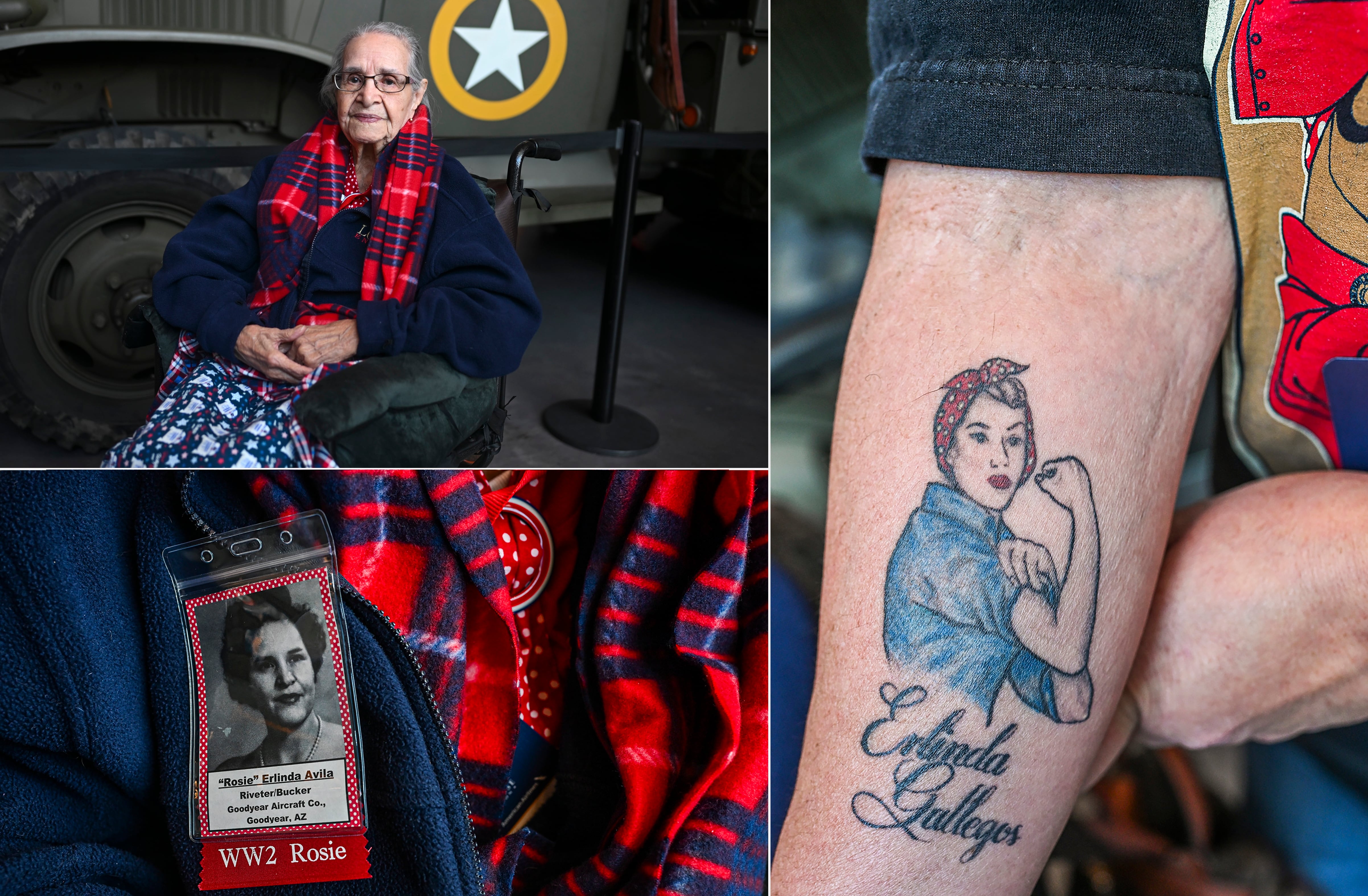
“I’ve come to enlist,” she told him. “I want to join the army.”
She was turned away because of her gender. Avila was undeterred.
“I said, ‘there must be something I can do.’ That’s when I heard that they needed girls, women to work in the defense plant.”
Avila says it was freeing, noting that members of her Navajo tribe could not even vote at the time. Now, as she approaches her 101st birthday next month Avila offers words of wisdom to young women today.
“Don’t ever give up. You can do it. Believe in yourselves.”
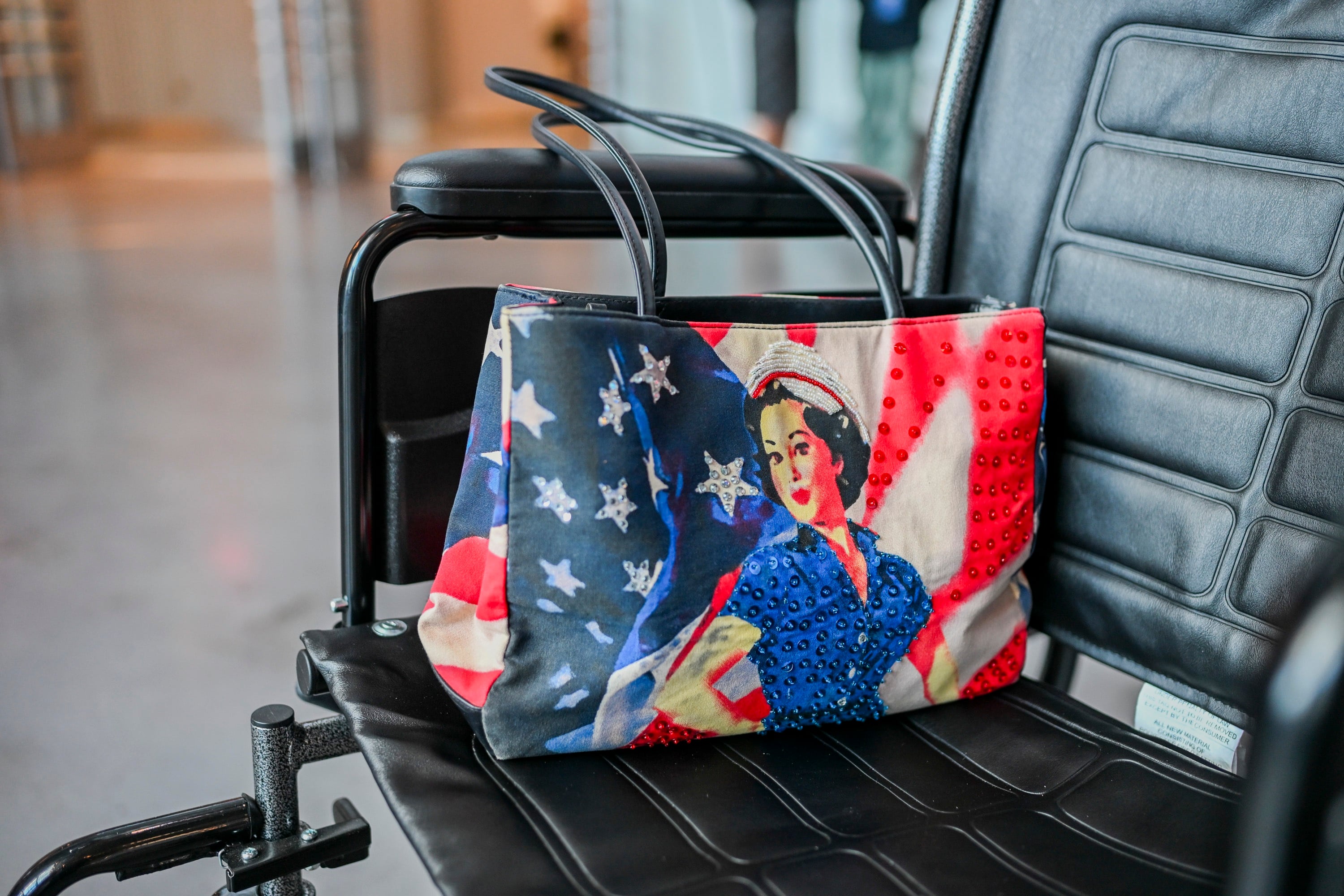
The Gary Sinise Foundation’s Soaring Valor Program brought this group of Rosies to New Orleans.
“It’s truly our honor to just thank them and let them know that we don’t forget their service or their sacrifices for our country,” says Foundation Vice President Cristin Kampsnider.
“Oftentimes it’s the soldiers who are really paid attention to, as they should, and these women are often forgotten,” she says. “We’re here to remind them that we do not forget them and that they really are truly critical and wonderful. And what they did was very, very appreciated.”
The foundation is working with the World War Two museum to collect oral histories of the Rosies for the archives here, including African-American women.
“Weren’t that many Black girls who did this anyhow,” says Susan Taylor King. She was a riveter during WWII in Baltimore, Maryland.
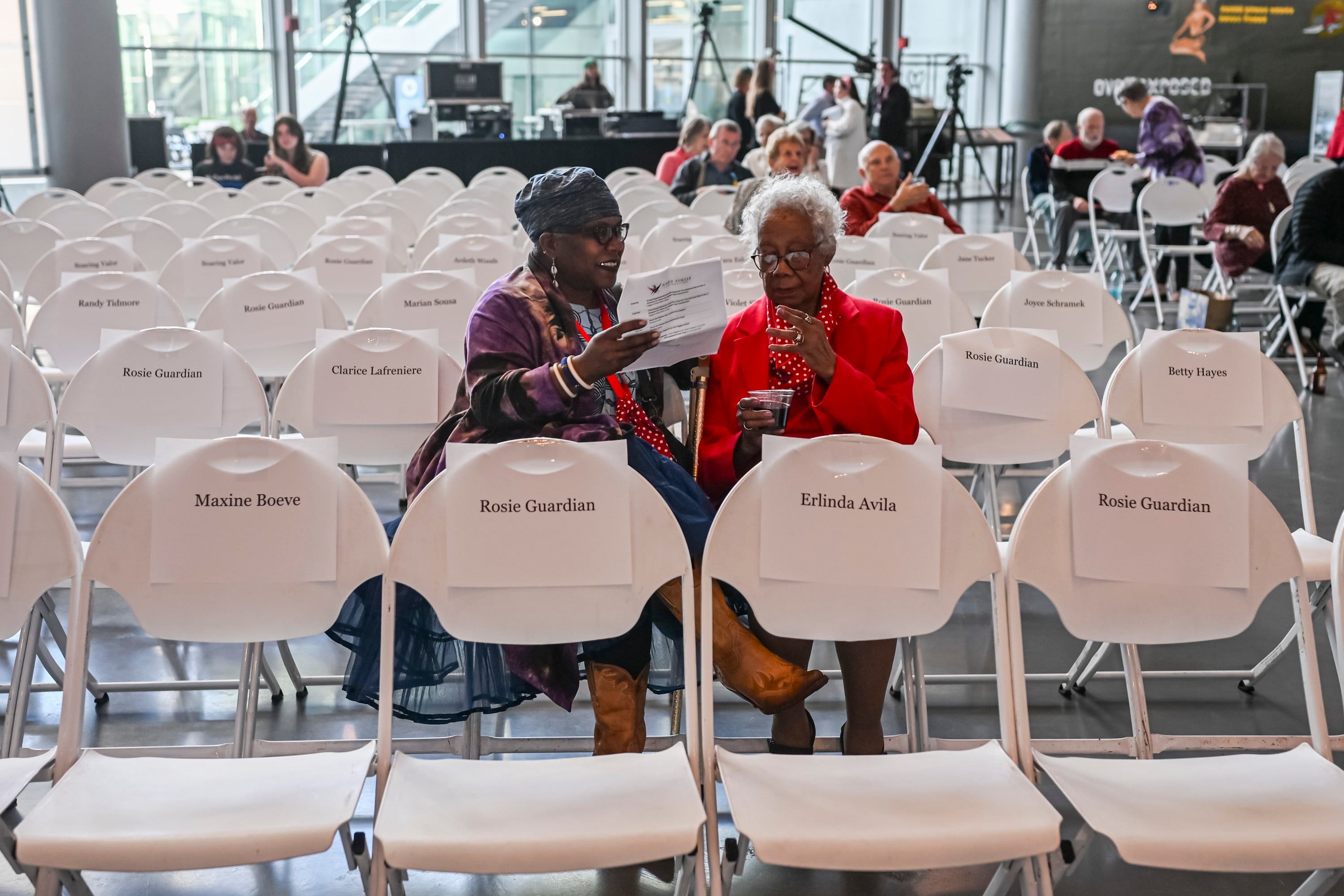
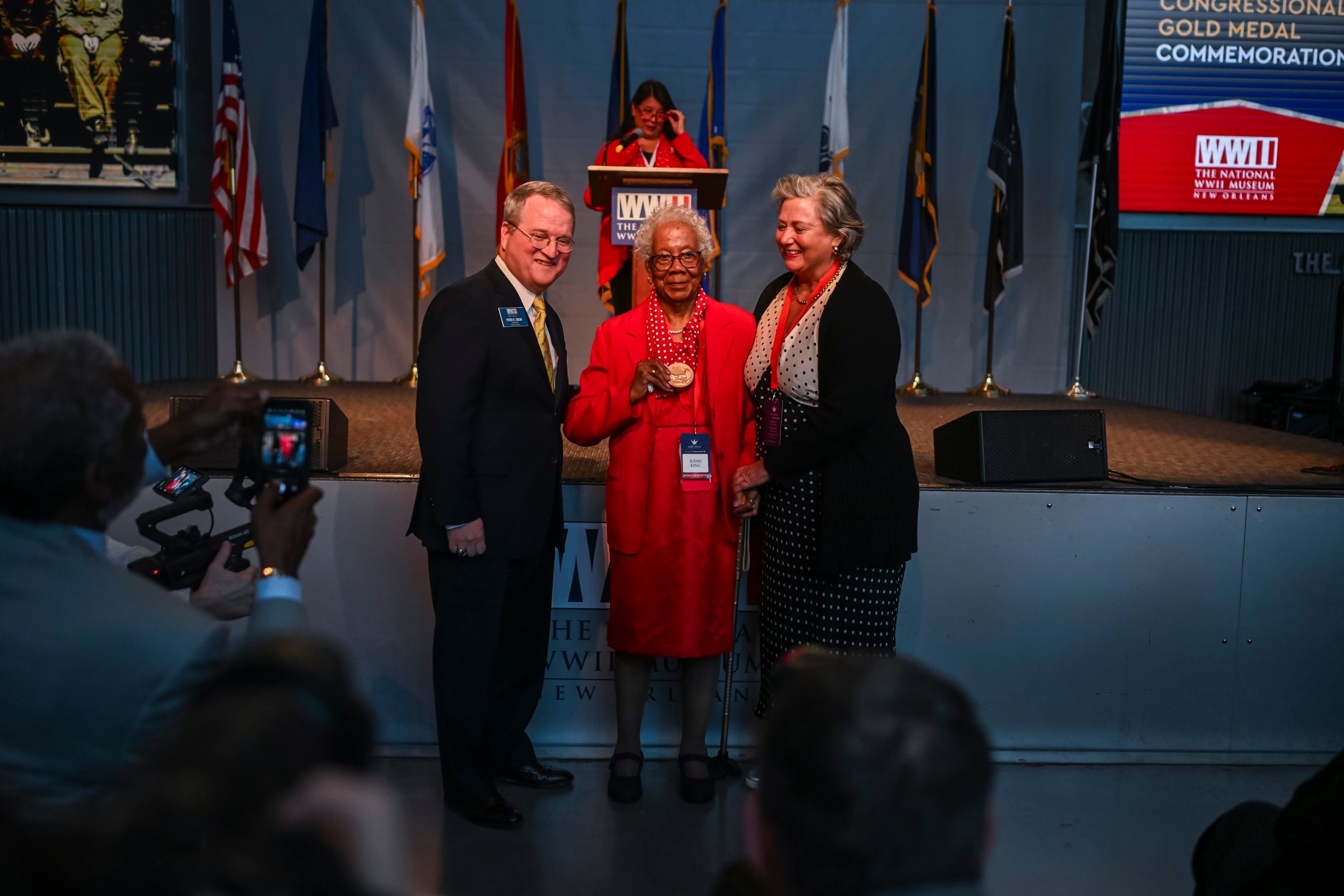
She built small parts for planes, and says even though Baltimore was a segregated city at the time, that changed in the aircraft factory. “I think it was the first time in my life that we could go in a dining hall, eat with everybody because they could not segregate against us when we worked on the federal jobs,” she recalls.
King, now 100 years old, says it took years for her to realize the role she played in American history.
“We did this because we wanted to win the war,” says King. “I think as I grew older and history of America begins to be told it’s important.”
“She is a living legacy,” says King’s daughter Kididi Ajanku, pleased to see her mother getting her “just due” while she’s still living.
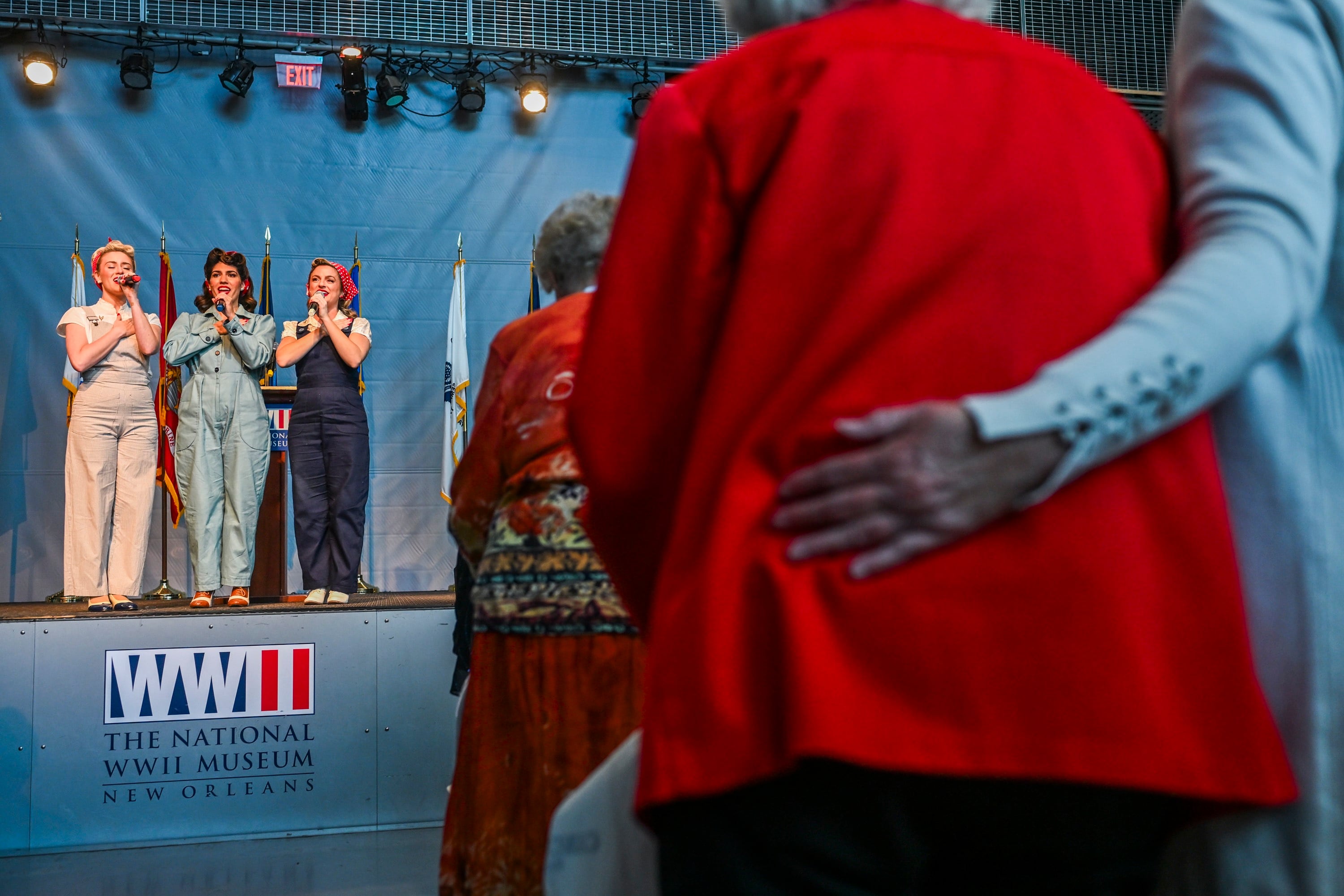
“I think people break boundaries and make history every day just to survive. At least African Americans. Survival is doing that,” says Ajanku. “So for my mother to be honored, it’s just due. It’s a long time in coming and I am forever proud.”
Indeed, the Rosies were treated like war heroes, getting accolades from museum patrons who realized who they were. The women happily posed for pictures, muscles flexed in true Rosie form.
Jane Tucker says it’s an awesome experience.
“We never did think we’d be stars when we were building ships,” she says. “But look at this! And thanks to people who care about women and their freedom.”
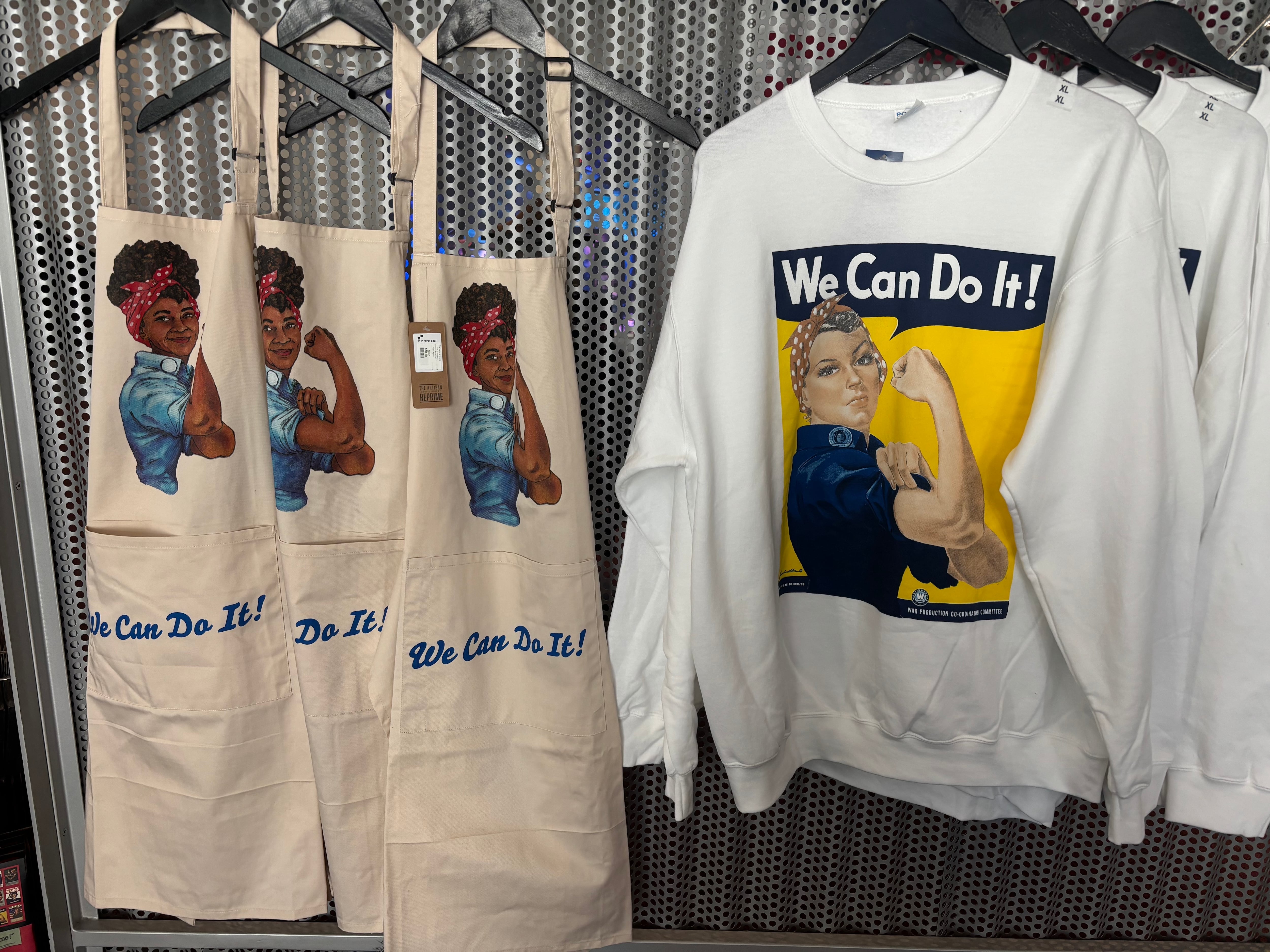
News Source : https://www.opb.org/article/2025/03/30/rosie-the-riveters-honored-for-service-in-wwii/
Other Related News
04/01/2025
A 27-year-old Portland man died after falling into the Bull Run River at Dodge Park last T...
04/01/2025
Dollar Tree paid more than 8 billion for Family Dollar a decade agoLetters to the Editor c...
04/01/2025
33125 - LCSO Case 25-1540 Driver killed in single vehicle crash on Territorial Road On...
04/01/2025
The state has one of the highest US rates of substance use disorders and ranks last for ac...
04/01/2025







